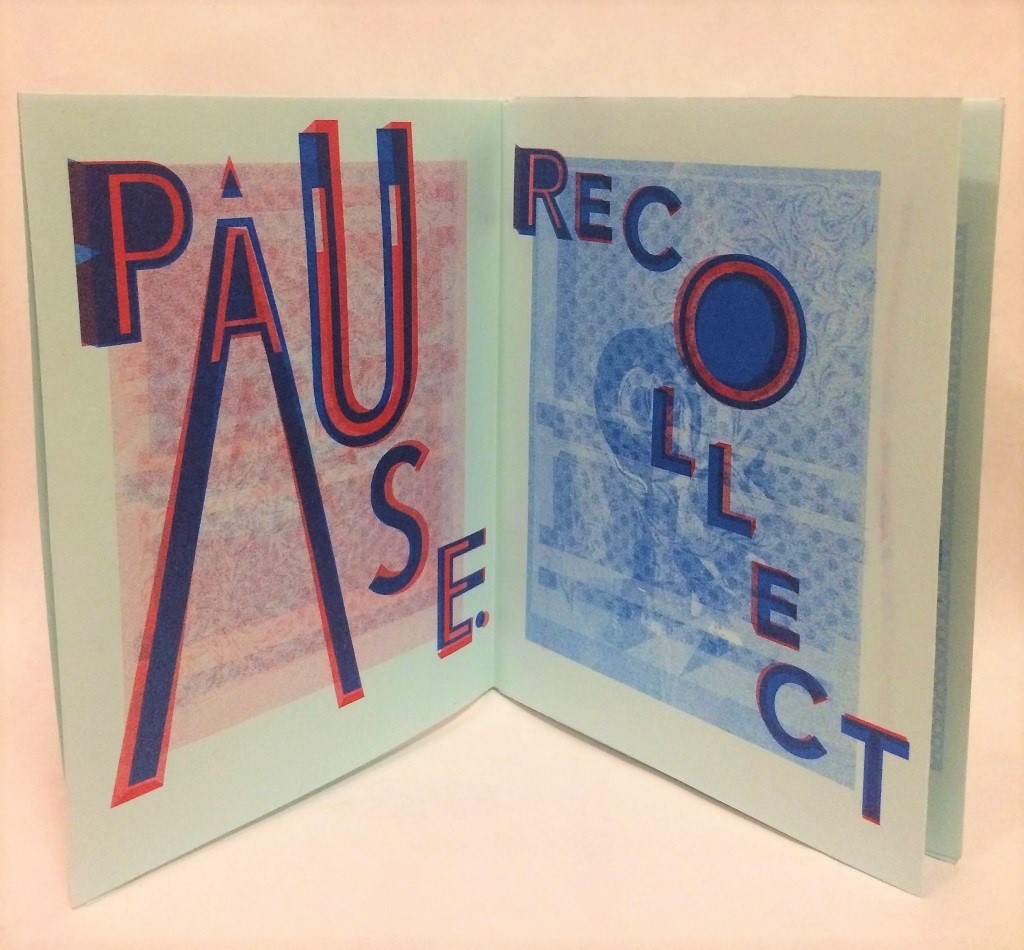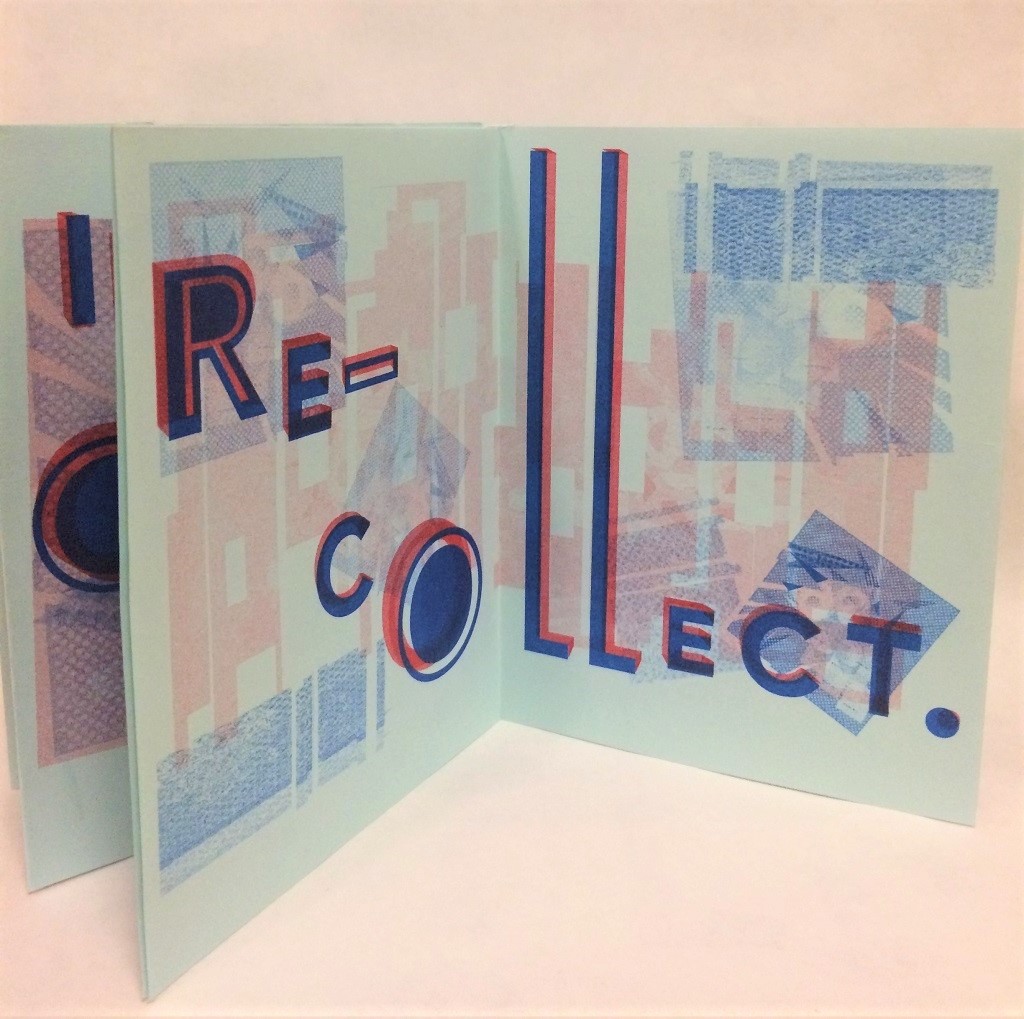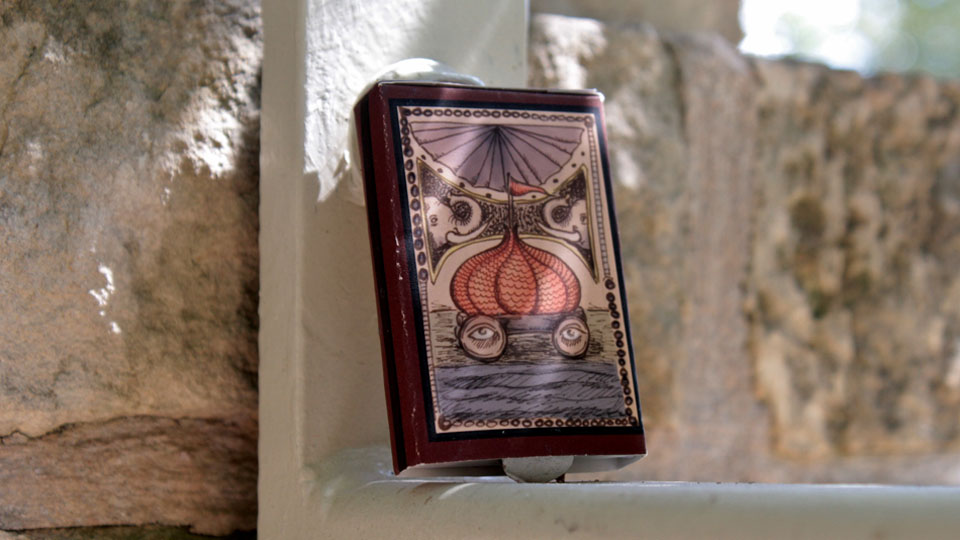In order to present your work for an audience (whether that be a client, a job, or the public) you must keep in mind the user experience aspect of the presentation. Not only is the work featured within the portfolio app the designer’s work, but the motions of the app and the user experience are fundamental components on making an impression to the viewer.
This project was an introduction to Adobe After Effects and animation, as we simulated the motions of the app while featuring our work. I chose to create a file-like design with motions of tapping and swiping, and tried to make everything intuitive for the user.








